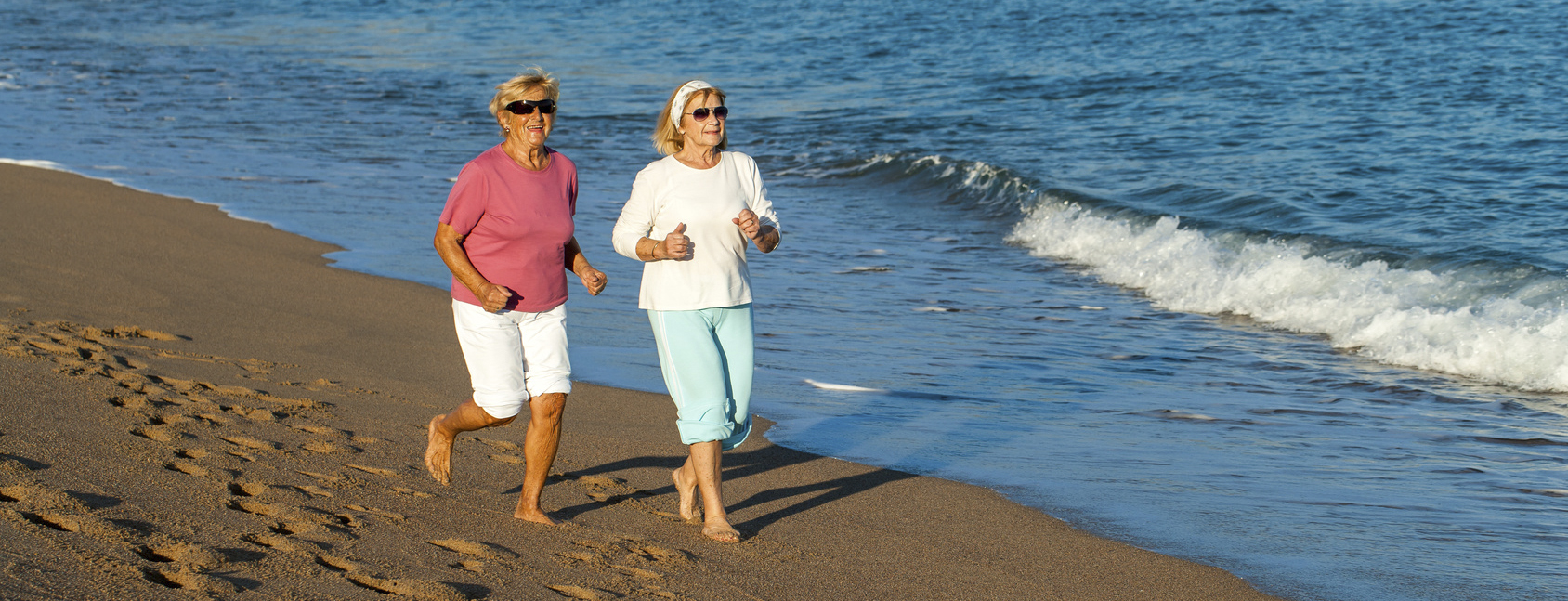Sport is not intended to replace drug-based oncological approaches, but to complement them. It is part of a holistic therapy regime. Among other things, this can reduce side effects.
Although there are various causes of cancer, it can be argued that in all cases a malignant tumor starts with a pathologically mutated cell. The immune system plays a crucial role in this context. Optimally, it recognizes the cancer cell as such and initiates an appropriate cancer-specific immune response.
As we saw in the last post, there is a close relationship between the immune system and the level of physical activity. The cooperation between the departments of oncology and sports medicine, which at first glance does not seem self-evident, therefore makes more than sense. Despite the many advances in oncology, cancer remains one of the leading causes of death in our country. The aging of society further exacerbates the problem. It is thus of crucial importance to combine all the forces that promote healing.
This also includes sports. In an analysis of twelve cohorts with more than one million participants, Moore et al. the incidence of 26 tumor types associated with leisure-time physical activity and were able to show a reduction in risk for 13 cancers with more exercise, including malignancies of the esophagus (HR 0.58), renal (HR 0.77), colorectal (HR 0.84-0.87), and leukemias (HR 0.80). On the other hand, the risk of melanoma was increased [1]. Similar outcomes have been found previously in colorectal cancer, although in this case additional risk factors such as diet and BMI should be mentioned. Reductions in cancer risk of 30% have been found in post-menopausal women who are active in sports. In animal studies, researchers found beneficial protective effects of physical activity on hepatocellular carcinoma.
Healthy lifestyle can help
One can imagine that lifestyle plays a crucial role in tumorigenesis. A healthy lifestyle has been defined in studies [2] as previously completely abstaining from tobacco or previously smoking less than five pack-years, no or moderate alcohol consumption of no more than two drinks daily for men and one for women, BMI between 18.5 and 27.5 kg/m2 as well as 75 minutes per week of intensive activity or 150 minutes of moderate activity. It turned out that if all subjects fulfilled these four criteria, many malignancies would be preventable (e.g. a good 80% of bronchial carcinomas or 20-29% of colorectal carcinomas, depending on the type of tumor).
The conclusion of this American study is that lifestyle changes could potentially prevent a good half of all malignancies and cancer deaths in the US population. Not smoking, drinking in moderation, eating healthy and putting on sneakers could be, in short, the most effective tumor prevention!
Exercise as part of therapy
However, sports activity not only plays an important preventive role, it can also be a component of various therapeutic regimens of already manifest tumors (e.g., it has beneficial effects on side effects of oncological therapy). Cancer patients often show significantly reduced physical performance even before treatment begins. There is growing evidence that oncology exercise and movement therapy can produce positive results even before the actual radiation or chemotherapy. The intervention proceeds with fewer side effects, and in some cases the therapy results are also better. The literature speaks of “prehabilitation” (prevention and rehabilitation).
Although there are currently few studies on the subject, the initial results are encouraging. For example, an American study investigated exercise in patients with colorectal cancer and found that after diagnosis, as little as four hours per week of normal walking reduced mortality by more than 20% [3].
Breast cancer treatment leads to physical and psychological complications for many women. Aromatase inhibitors (AIs) have been established as an effective adjuvant therapy for hormone receptor-positive breast cancer. The recommendation for the duration of therapy has been extended from five to up to ten years based on recent findings. The most common side effects of AI include joint pain and stiffness, flushing, and decrease in bone density. Several studies have demonstrated that regular exercise improved quality of life, improved joint pain and stiffness, reduced stress, anxiety, fatigue, and depressed mood, improved physical fitness, and increased the sense of belonging in a group.
How to move?
When choosing the appropriate activity, the overall situation as well as the patient’s wishes must be taken into account. Depending on the type and intensity, 75-150 minutes of physical activity and strength training two to three times per week is recommended. In breast cancer, mild strength training was shown not to worsen symptoms (but actually performed better than sparing) in women with lymphedema after surgical intervention.
It seems clear today, even in oncology, that survival rates and complication risks correlate closely with exercise tolerance. The most commonly tested form of training is endurance (aerobic capacity), but there is increasing evidence that strength training also has positive effects. Quantitatively, 27 MET/week appears to be an effective lower limit on the amount of training.
However, sports with cancer require a lot of motivation – whether in acute treatment, rehab or afterwards. Reports unfortunately show a similar effect as in the healthy population: diligence decreases without control from a third party. Despite the yet serious initial situation!
Literature:
- Moore SC, et al: JAMA Intern Med 2016 Jun 1; 176(6): 816-825.
- Song M, Giovannucci E: JAMA Oncol 2016 Sep 1; 2(9): 1154-1161.
- Meyerhardt JA, et al: Arch Intern Med 2009 Dec 14; 169(22): 2102-2108.
Further reading:
- Knechtle B: Schw. Z. für Sportmedizin und Sporttraumatologie 2003; 51(3): 145-151.
- Schwaninger L, Jenoure A: Diploma thesis ZHAW 2017.
HAUSARZT PRAXIS 2018; 13(2): 2











